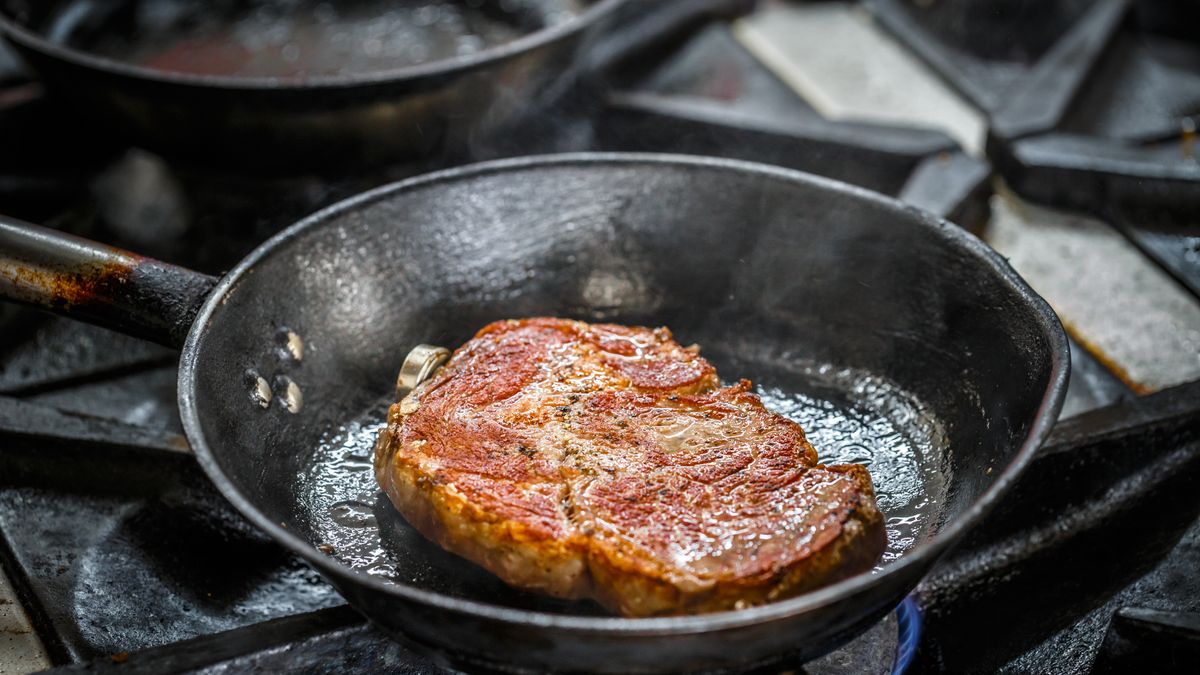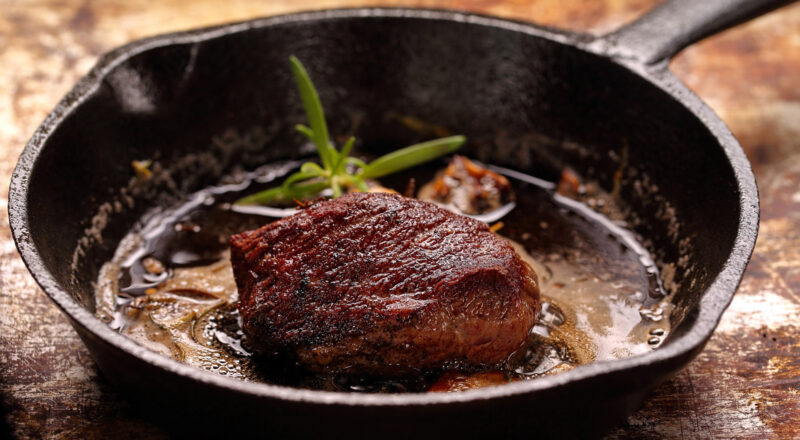Cast iron skillets have been a staple in kitchens for centuries due to their durability, versatility, and superb heat retention. However, knowing how to maintain a cast iron skillet is essential for preserving these benefits. In this comprehensive guide, we will walk you through tips, tricks, and best practices to keep your skillet in top-notch condition. Whether you’re a professional chef or a home cook, this guide is designed to help you take care of your cherished kitchen tool.

Why Maintain Your Cast Iron Skillet?
The importance of maintaining your cast iron skillet cannot be overstated. Proper maintenance not only extends the life of your skillet but also ensures that it performs optimally. Here are some reasons why you should make skillet maintenance a priority:
- Longevity: A well-maintained cast iron skillet can last for generations.
- Non-stick Surface: Proper seasoning creates a natural non-stick surface, reducing the need for additional oils.
- Enhanced Flavor: Over time, a well-seasoned skillet develops a unique flavor profile that can enrich your dishes.

Getting Started: Initial Steps
Before diving into the detailed maintenance tips, it’s crucial to understand some initial steps you should take when you first get a cast iron skillet.
Cleaning the New Skillet
When you first acquire a cast iron skillet, it’s essential to clean it properly to remove any factory residues. Wash it with warm water and mild soap, then dry it thoroughly.
Seasoning Your Skillet
Seasoning is the process of baking oil into the surface of the skillet to create a non-stick layer and prevent rust. Here’s how to do it:
- Preheat your oven to 375F (190C).
- Coat the skillet with a thin layer of vegetable oil or shortening.
- Place the skillet upside down in the oven.
- Bake for an hour, then let it cool completely in the oven.

Daily Maintenance
Everyday care is crucial for keeping your cast iron skillet in excellent condition.
Cleaning After Each Use
After cooking, clean your skillet with hot water and a stiff brush. Avoid using soap as it can strip away the seasoning. If food is stuck, use coarse salt as an abrasive.
Drying Your Skillet
Always dry your skillet thoroughly after washing to prevent rust. You can place it on a stove over low heat to ensure all moisture evaporates.
Re-seasoning
To maintain the non-stick surface, apply a thin layer of oil to the skillet after each use, then heat it over medium heat for a few minutes.
Deep Cleaning
Occasionally, your skillet may require deeper cleaning to remove built-up residues or rust.
Removing Rust
If your skillet develops rust, you can remove it using steel wool or a specialized rust eraser. Afterward, re-season the skillet to restore its protective layer.
Baking Soda Scrub
A mixture of baking soda and water can be used as a natural abrasive to remove stubborn residues. Apply the paste, scrub, rinse, and re-season.
Addressing Common Issues
Even with regular maintenance, you may encounter some challenges. Here’s how to address them:
Sticky Surface
If your skillet becomes sticky, it’s usually due to excess oil. Clean it with hot water and a stiff brush, then re-season with a thinner layer of oil.
Food Sticking to the Surface
If food sticks to your skillet, it may need re-seasoning. Alternatively, preheat the skillet before adding food to reduce sticking.
Long-term Storage
Proper storage is essential for maintaining your cast iron skillet when it’s not in regular use.
Storing in a Dry Place
Store your skillet in a cool, dry place to prevent moisture buildup and rust.
Using Protective Covers
Consider using skillet covers or paper towels between stacked skillets to protect the seasoned surface.
FAQs
Q1: Can I use soap to clean my cast iron skillet?
A1: It’s generally best to avoid soap as it can strip the seasoning. Mild soap can be used sparingly if necessary.
Q2: How often should I re-season my skillet?
A2: With regular use, re-seasoning every few months is usually sufficient. However, you can re-season as needed based on the skillet’s condition.
Q3: Is it normal for my skillet to darken over time?
A3: Yes, a well-seasoned cast iron skillet will darken and develop a shiny, non-stick surface over time, which enhances its cooking performance.
For more detailed guidance on maintaining your cast iron skillet, visit Serious Eats.
As an Amazon Associate, I earn from qualifying purchases.

